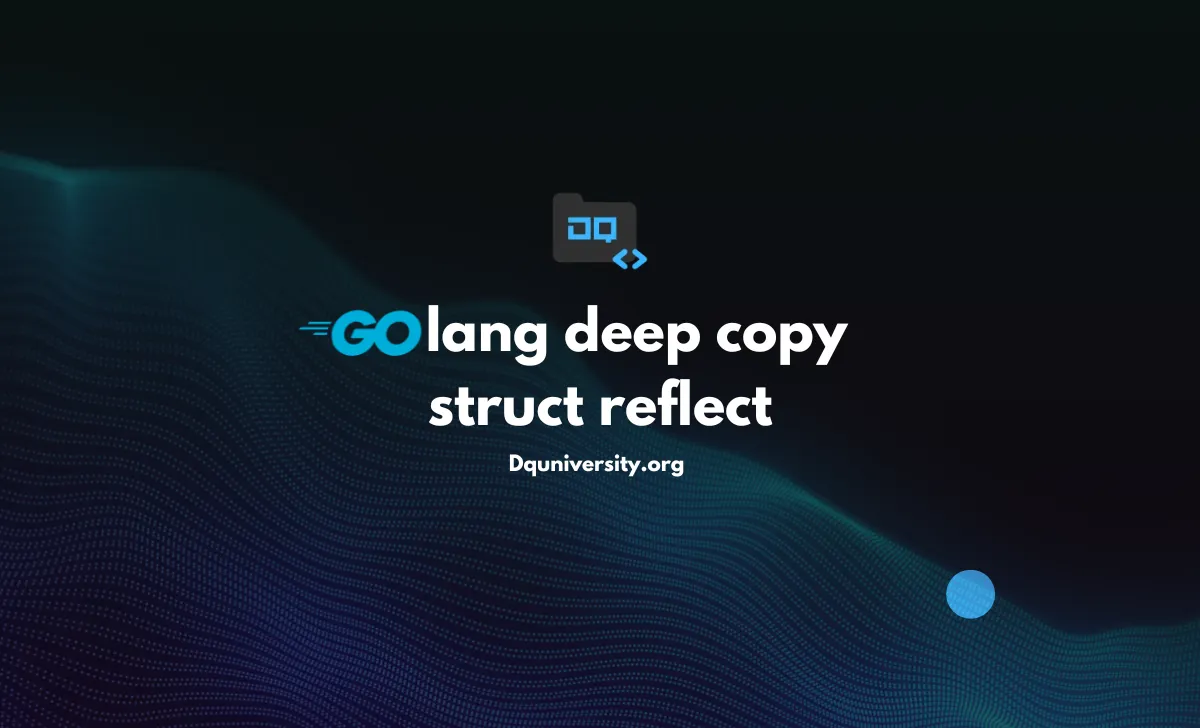Golang lacks a native deep copy mechanism for structs, prompting developers to explore alternatives. One approach involves leveraging the reflect package to traverse and duplicate the structure’s fields.
What’s Inside
Reflecting on Reflection
In Go, reflection provides a means to inspect and manipulate variables at runtime. The reflect package offers tools to iterate over the fields of a struct, retrieve their types, and create new instances dynamically.
The Deep Copy Function
A simple yet effective deep copy function utilizes reflection to traverse the struct, field by field. It distinguishes between basic types and nested structs, recursively creating copies where necessary.
func deepCopyStruct(src interface{}) interface{} {
srcValue := reflect.ValueOf(src)
if srcValue.Kind() != reflect.Struct {
return src
}
dest := reflect.New(srcValue.Type()).Elem()
for i := 0; i < srcValue.NumField(); i++ {
srcField := srcValue.Field(i)
destField := dest.Field(i)
if srcField.Kind() == reflect.Struct {
destField.Set(deepCopyStruct(srcField.Interface()))
} else {
destField.Set(srcField)
}
}
return dest.Interface()
}
Application in the Real World
Consider a scenario where preserving the original state of a struct is crucial. By employing the deep copy function, developers can create independent copies of the struct, allowing modifications without affecting the original.
Performance Considerations
While the approach is effective, it’s essential to be mindful of performance implications. Reflection introduces overhead, and for large or frequently copied structs, alternative strategies may be more efficient.
Navigating Independence with Precision
In the Golang landscape, achieving a deep copy of structs using reflection is a pragmatic solution to a common challenge. The straightforward deep copy function, coupled with a nuanced understanding of reflection, provides developers with a reliable tool for maintaining struct independence in their Go programs.
You May Also Like:

